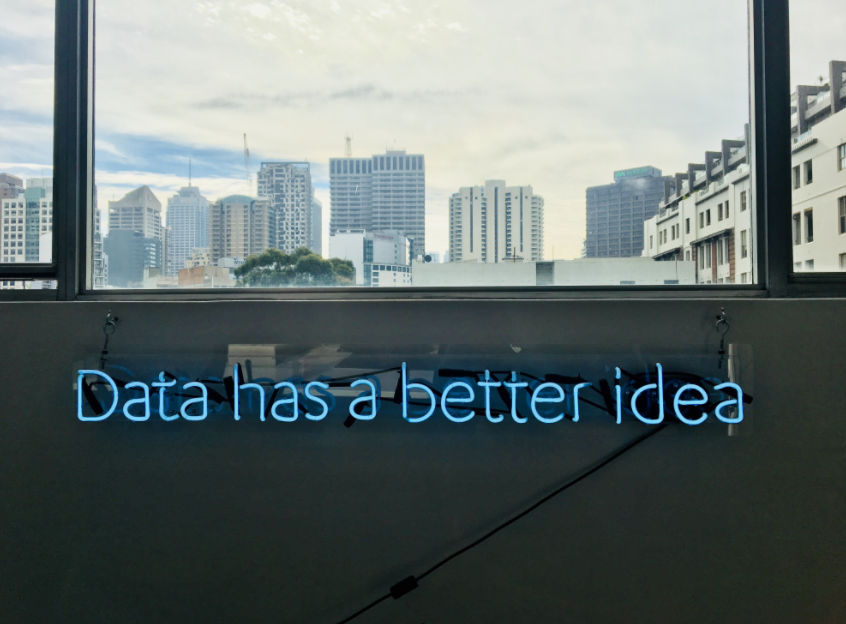How Much Do You Value Your Data?
Data has become one of the intangible assets of organisations as a requirement of our digital world. When it comes to capturing and harvesting the worth of data, companies had better figure out how to value their data. It has been a misconception that the valuation or monetisation of data is impossible. Contrary to this point data can be valued, despite the common accounting procedures which generally stick data off the balance sheet under “goodwill” and intangible assets. Have read of this article on the value of your data.
The valuation of data requires a systematic approach, there are actual “Data Valuation Practitioners” now, and a brief overview of the steps to be followed
Identify the Current Assets and Data Attributes
Most of the time, it is challenging to take the first step. The initial step is the identification of the status of data in terms of quality, targetability, uniqueness, and market demand. To observe the willingness to pay. There are a few approaches that could be taken for valuation. Have a squeeze of this paper by our friends so that everyone could know.
The Market Approach
In the market approach, two actions are preferred by organisations. The first action is relying on transactions which involve comparable data assets. The price information could be used to value the data according to the market approach. Considering the second action, the trade prices in the market are being observed in order to come up with a reasonable valuation of the data.
Cost Approach
The replacement cost is the utilised concept for valuation of data since the potential investor would not pay more than the amount which is incurred for replacing an asset and profit margin for a third party who does the implementation.
Income Approach
The income approach is another methodology that demands a significant level of theoretical background. The value of data is decided on either the costs saved by utilising the data or the profit gained by using the data while subtracting the additional cost incurred.
The Analysis of Current Data Use Cases
The second step is to analyse existing implications of data which will be valued. In regards to gaining the advantage in the market because of a disruptive innovation or technology related to data, the valuation becomes substantial. On the other hand, data could be comprehended for the commercial use. For those instances, the magnitude of B2B transactions needs to be tracked to value the data.
Exploring the Future Data Use Cases
The most critical step is to predict the future implications of data that will be valued. This notion obliges the capability of foreseeing upcoming industry trends and expected innovations to anticipate future data use cases. There might be a dramatic change for the valuation of data if the potential use of data has the worth above and beyond expectations.
Did You Know?
Intangible assets used to be accounted for 17% of company value in 1975. Today, they are accounted for 87% of the overall value of an organisation.
Ask our team how we can help you organise your data to unlock it’s potential.



